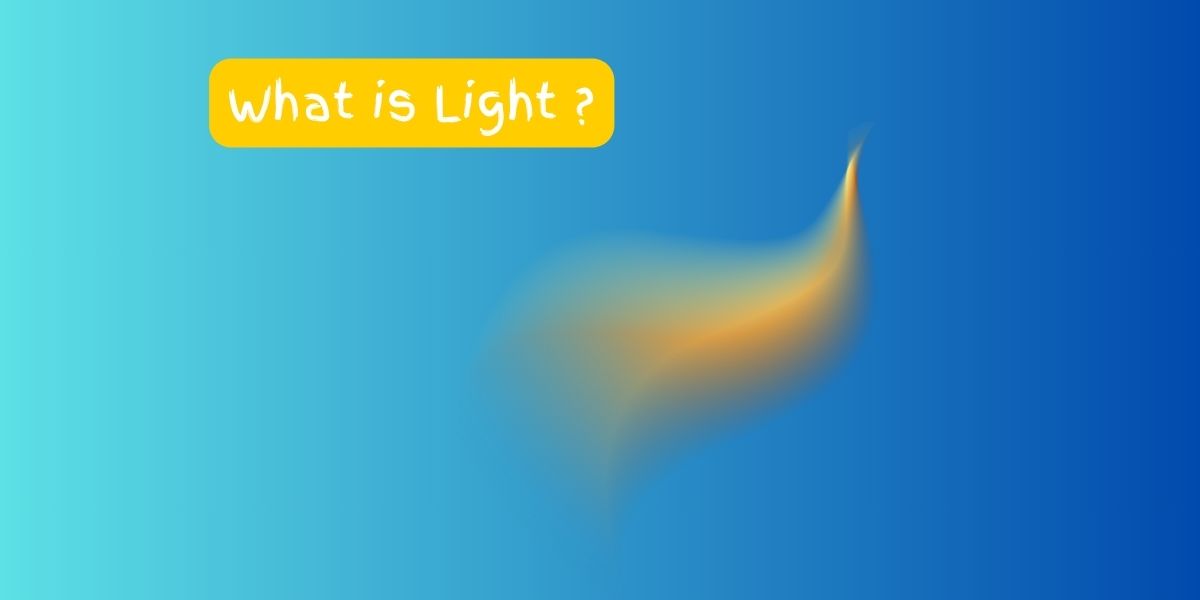Imagine you’re outside on a sunny day. You feel the warmth of the sun on your face, and you can see everything around you because of light.
Light is a kind of energy that helps us see things. It comes from sources like the sun, light bulbs, or even fireflies. When you turn on a lamp in your room or when the sun rises in the morning, you’re letting light into your space.
Light travels very quickly. In fact, it’s one of the fastest things in the universe! It zooms through the air or space and bounces off objects. When light hits something, it either bounces back, gets absorbed, or passes through.
Have you ever noticed that things look different in the dark compared to when it’s bright outside? That’s because light helps us see colors and shapes. When you turn on a flashlight in a dark room, it brightens things up, and suddenly you can see everything clearly.
Light also helps us see rainbows! When light passes through tiny drops of water in the air after rain, it splits into different colors, creating a beautiful arc of colors in the sky.
Did you know that without light, we wouldn’t be able to see anything at all? So, the next time you’re outside playing or inside reading a book, remember to thank light for helping you see and enjoy the world around you!
Here are some key points about light:
- Nature of Light: Light behaves as both a wave and a particle, a concept known as wave-particle duality. This means that light can exhibit wave-like properties such as diffraction and interference, as well as particle-like properties such as momentum and energy quantization.
- Speed of Light: Light travels at a constant speed of approximately 299,792 kilometers per second (186,282 miles per second) in a vacuum, which is the fastest speed possible in the universe.
- Electromagnetic Spectrum: Light is just one part of the electromagnetic spectrum, which also includes radio waves, microwaves, infrared radiation, ultraviolet radiation, X-rays, and gamma rays. These forms of electromagnetic radiation differ in wavelength and frequency.
- Wavelength and Frequency: Light waves have different wavelengths and frequencies, which determine their color and energy. Shorter wavelengths correspond to higher frequencies and higher energy, while longer wavelengths correspond to lower frequencies and lower energy.
- Visible Light Spectrum: The visible light spectrum is the range of wavelengths that the human eye can perceive. It spans from approximately 400 nanometers (violet) to 700 nanometers (red). Within this spectrum, we perceive different colors, including violet, blue, green, yellow, orange, and red.
- Interaction with Matter: Light interacts with matter in various ways. It can be absorbed, reflected, refracted, or transmitted through different substances. The color of an object is determined by the wavelengths of light it reflects or emits.
- Sources of Light: Light can originate from natural sources such as the sun, stars, and fire, as well as artificial sources such as light bulbs, lamps, and electronic displays.
- Applications of Light: Light plays a crucial role in many aspects of everyday life, including vision, communication (e.g., optical fibers), entertainment (e.g., television, movies), technology (e.g., lasers, solar panels), and scientific research.
In summary, light is a fundamental aspect of the universe, providing illumination and enabling us to perceive the world around us. Its properties and behavior have been studied extensively by scientists, leading to numerous technological advancements and a deeper understanding of the nature of light and matter.


No responses yet